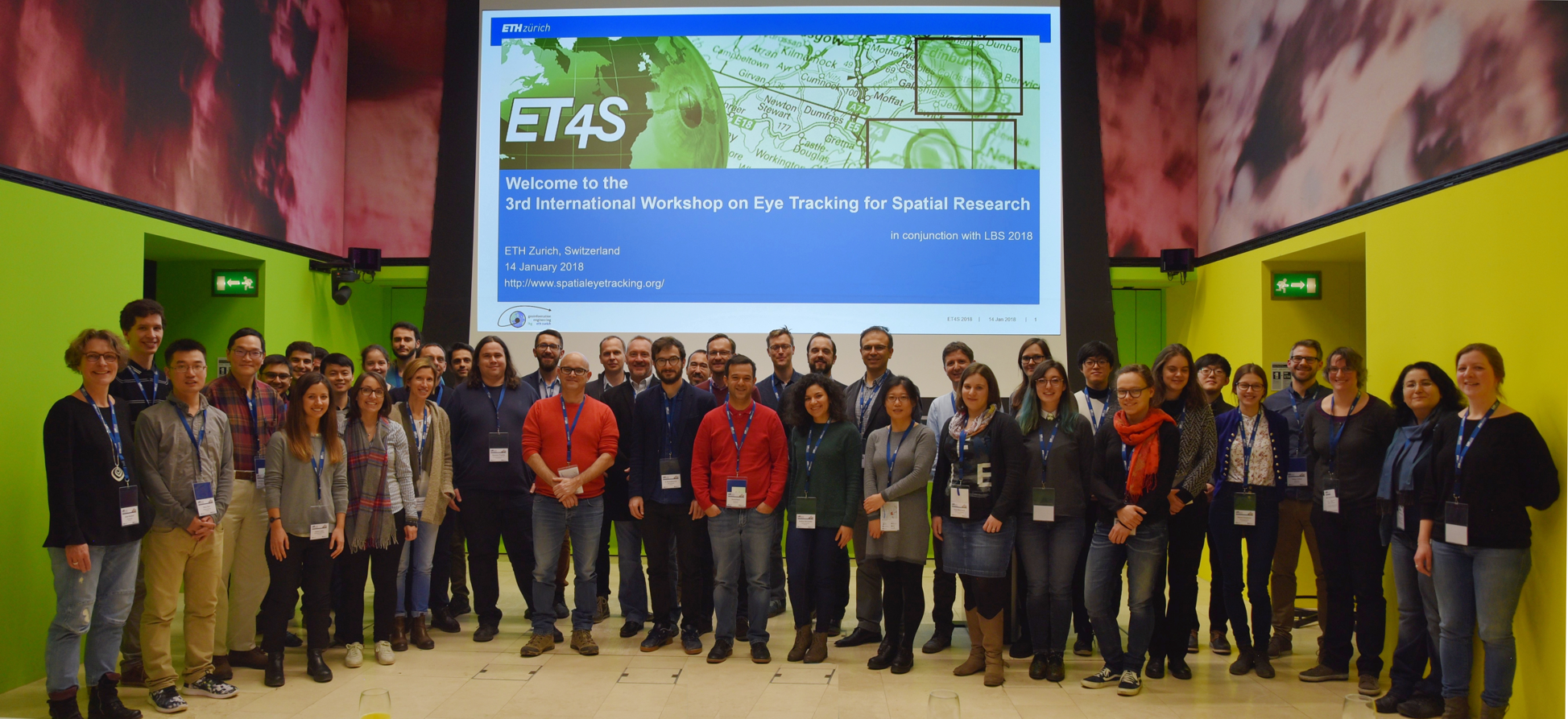Full Paper presentation at ETRA 2021
Our accepted paper “Gaze-Adaptive Lenses for Feature-Rich Information Spaces” will be presented at ACM ETRA 2021:
May 25.2021 at 11:00 – 12:00 and 18:00 – 19:00 in “Posters & Demos & Videos”
May 26.2021 at 14:45 – 16.15 in Track 1: “Full Papers V”
Join the virtual conference for a chat!
https://etra.acm.org/2021/schedule.html
















